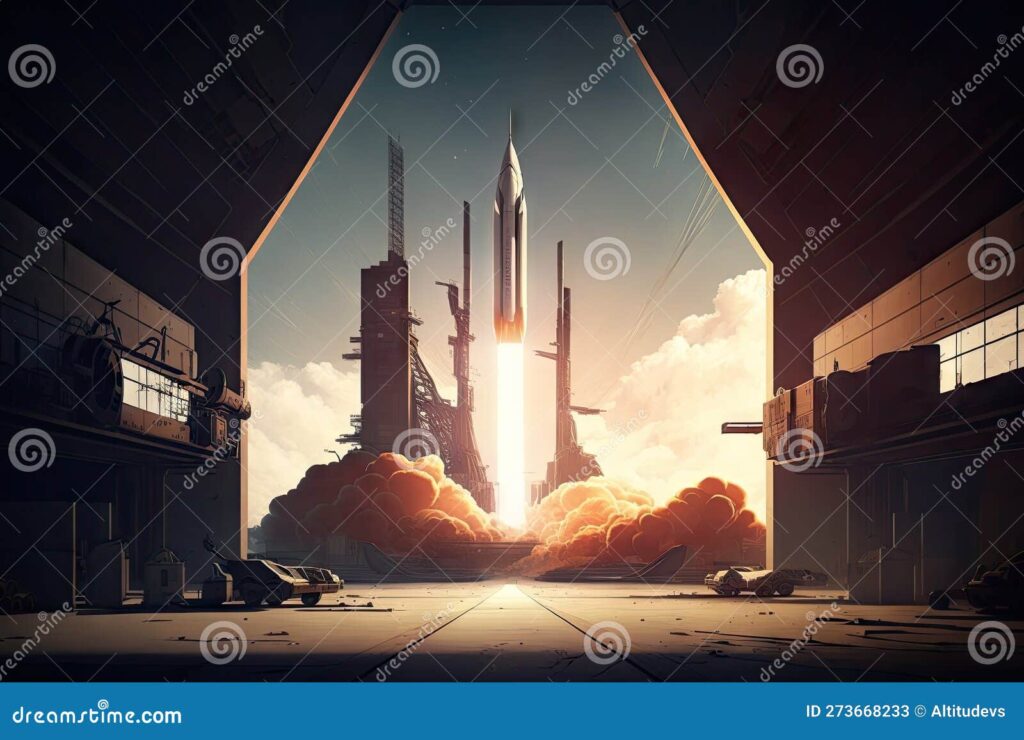
Audience
- Sentiment: neutral
- Political Group: military and defense supporters
- Age Group: 25-45
- Gender: male
Overview
- ULA’s Vulcan rocket faces delays in its certification process due to technical issues and project prioritization.
- The Pentagon is frustrated with ULA’s launch cadence as it affects national security missions.
- ULA is shifting focus to launch Amazon’s Kuiper Internet satellites while addressing the Vulcan rocket’s challenges.
ULA’s Vulcan Rocket: Delays, Challenges, and Future Launch Plans
When we think about space travel and all the amazing gadgets and technology that come with it, rockets tend to steal the spotlight. Among these impressive feats of engineering, one of the most talked-about is the Vulcan rocket developed by United Launch Alliance, or ULA for short. ULA is a big player in the space industry, known for launching satellites and supporting national security missions. But like many things in life, ULA has run into some obstacles with the Vulcan rocket, especially concerning delays in its certification process. Let’s explore what’s going on with the Vulcan rocket, why it matters, and what it might mean for the future of space launches.
What Is the Vulcan Rocket?
First things first: what exactly is the Vulcan rocket? Picture a towering structure of metal, fueled up and ready to soar into the skies, carrying everything from communication satellites to scientific instruments. The Vulcan is designed to replace ULA’s older Atlas V and Delta IV rockets, so it’s built for reliability and efficiency. It was envisioned as a cost-effective and versatile rocket, not only for commercial purposes but also for critical military missions, particularly those linked to the US Space Force.
Launch vehicles like the Vulcan often take years of planning, engineering, and building to get off the ground. Imagine spending years perfecting a project only to face unexpected delays! This is the reality ULA is currently experiencing with the Vulcan rocket, and it raises questions about what happens next.
Delays and Setbacks
Originally, ULA planned for the Vulcan rocket to be certified for use by the end of 2023. But as the months went by, it became clear that things weren’t going according to plan. The certification process is essential because it ensures that a rocket can reliably carry important military satellites into orbit. These satellites play a crucial role in national security by enhancing communication, carrying out surveillance, and ensuring that our armed forces have the technology they need to function effectively.
However, after starting the stacking process for the Vulcan rocket—putting all sections of the rocket together—ULA had to de-stack it to make room for an Atlas V rocket. This decision surprised many space enthusiasts and engineers alike. ULA shifted focus to ensure that they could keep their commitments for upcoming missions scheduled in 2025. Imagine having two important projects and needing to suddenly choose one over the other—it’s kind of like being torn between two dance competitions!
The Pentagon has expressed frustration with ULA concerning its launch cadence, which refers to how often and reliably the company can launch rockets. With demands rising for secure satellite capabilities, the delays have done little to satisfy the military’s expectations. It’s a tense situation that raises stakes for ULA, not just in terms of corporate reputation, but also regarding national security.
The Technical Issues
Another reason for the hold-up in certification revolves around technical issues that arose during a recent test flight. Imagine preparing for an important exam, and then you learn that some of the study materials were incorrect, requiring you to go back and study again! That’s somewhat what ULA is facing. After successfully completing a demonstration flight in January 2024, ULA was optimistic. Still, the technical problems discovered during testing made the Pentagon reconsider. Certifying a rocket for military missions is no small feat; it’s about ensuring that every single component works flawlessly.
The urgency for certification is heightened by the Space Force’s need to launch a mission called USSF-106. This mission has enormous importance, as it aims to deliver crucial military satellites into orbit for national defense. Yet, because the Vulcan hasn’t been officially certified yet, many are left wondering when the mission will actually take place. Estimates suggest it could launch between April and June of 2024, but that timing hinges on ULA overcoming current challenges.
Shifting Gears: Focus on Amazon’s Kuiper Satellites
While ULA grapples with the Vulcan rocket delays, the company is also turning its attention to other projects. Notably, they are planning to launch Amazon’s Kuiper Internet satellites. Amazon is working on providing high-speed internet from space, and launching these satellites is a big step in achieving that goal. Supporting Amazon’s satellite program has become a priority for ULA, especially as they work toward solving the Vulcan’s certification issues.
This pivot to Amazon’s Kuiper satellites is an interesting move for ULA. Not only does it show their capability to balance multiple projects, but it also reflects the growing demand for space-based internet services. Many people in rural areas around the world could benefit from access to the internet, which can empower education and provide vital information. ULA has a stockpile of rockets ready for these flights, which positions them quite well in balancing commercial endeavors while they work out the kinks with the Vulcan.
Looking Ahead
What does all of this mean for ULA and the future of the Vulcan rocket? If everything goes as planned, ULA expects to complete its Vulcan certification by early March 2024. This timeline is crucial because it will allow them to launch the USSF-106 mission and potentially restore confidence in ULA’s delivery of military satellite capabilities. However, like any project, timelines can shift, and unforeseen issues could pop up again.
It’s a leap into the future with both excitement and caution. Every new rocket launch provides opportunities for science, exploration, and potentially new technology that can enhance life on Earth. The challenges ULA faces with Vulcan could lead to better designs and lessons learned for future rockets, making each setback an opportunity for growth.
As students, future engineers, scientists, or just curious minds, it’s fascinating to witness how the world of space travel is evolving— albeit with some bumps along the way. While the certification details and the timeline for Vulcan might be frustrating for some fans of space technology, it’s also a reminder of how complex and difficult it is to pioneer into the unknown.
So, what do you think about the state of ULA’s Vulcan rocket? Are you excited about the potential of the Amazon Kuiper satellites, or are you more interested in the military applications of the Vulcan? Share your thoughts in the comments below!






